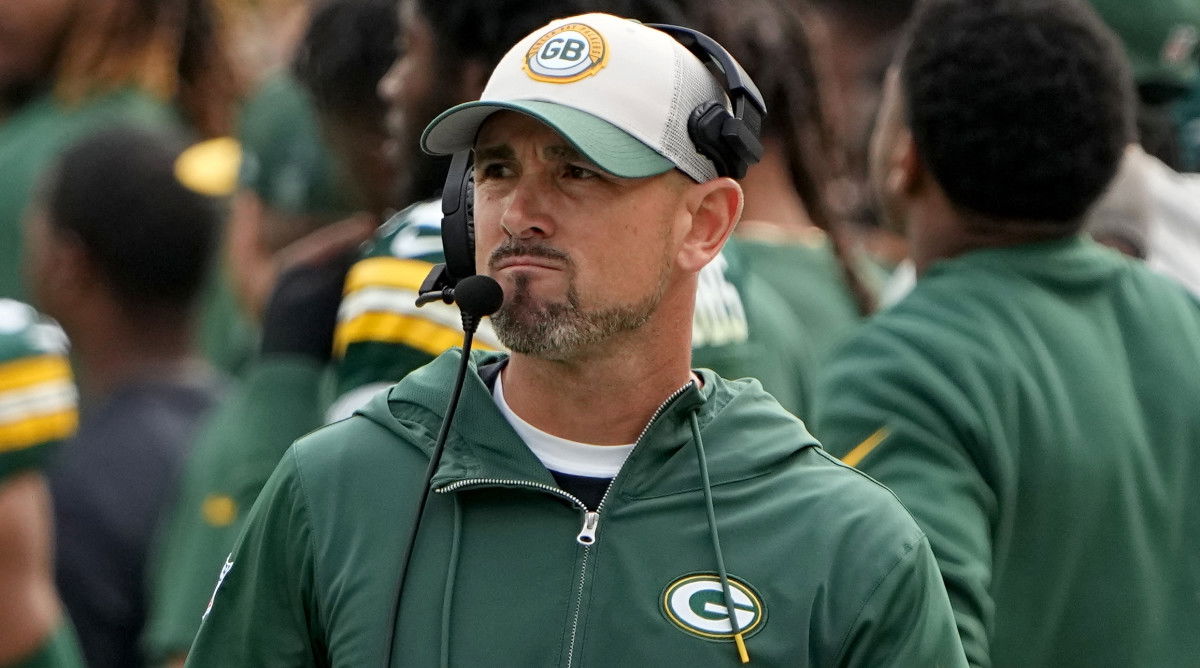
Imago
imago

Imago
imago
Matt LaFleur has been a steady hand on the Packers‘ sidelines. During his time with the team since 2019, he’s coached Green Bay to a dazzling 67–33 record, best in the NFC during that span and fourth in the league overall. His adaptability has made him one of the NFL’s most reliable head coaches, no matter the personnel or situation. And now, in a development nobody really envisioned, his steady management may end up benefiting a division rival quarterback — Jared Goff. LaFleur’s Packers pulled off a blockbuster trade, picking up edge rusher Micah Parsons from Dallas.
Watch What’s Trending Now!
But the price of bringing aboard one of the NFL’s top defenders was steep: they dealt two first-round picks and three-time Pro Bowl defensive tackle Kenny Clark to the Cowboys. That deal, as good as it may prove in the long term for Green Bay’s defense, left a gap in the middle of the Packers’ line the day it happened. For Goff and Detroit running back tandem David Montgomery and Jahmyr Gibbs, that’s a dream scenario. Clark was the type of player who killed run plays before they ever really started. Without him taking up lanes, LaFleur’s Packers inadvertently have given Detroit’s offense some oxygen. That’s where LaFleur’s influence looms largest.
His Packers may have added a game-wrecking pass rusher with Parsons, but his defensive line now appears lighter against the run. Against an offense such as Detroit’s that prefers to establish a physical tempo with its running backs and then allow Goff to feel free off play-action, Clark’s loss is the type of soft change that benefits them. Ofcourse, LaFleur didn’t make this deal with Detroit on his mind. But the reality is that by removing Clark from the middle, Goff’s offense will have more space than it had in previous NFC North battles. That’s the way life just got easier for him. And it doesn’t stop there.
ADVERTISEMENT
Green Bay’s secondary, though talented, now has more responsibility. All-Pro safety Xavier McKinney and Evan Williams can absorb a lot, but outside corners are where the vulnerabilities lie. Against Amon-Ra St. Brown and Jameson Williams, that’s a tough assignment. Parsons will help by collapsing pockets and getting quarterbacks into mistakes, but if Detroit’s O-tackles give Goff time, LaFleur’s team will be put to the test. In a division where one or two plays swing games, Clark’s loss puts pressure from the trenches on the corners and for Goff, that’s a relief. Parsons’ arrival in Green Bay, though, can’t be overlooked.
For the Packers, he’s an explosive asset who enhances their pass rush right away. Supporting him with Rashan Gary and Lukas Van Ness gives Green Bay one of the most versatile, relentless edge groups in football. Parsons changes the arithmetic on every snap; the other side has to slide protections, chip up with tight ends or backs, and then battle whatever comes their way. Across the NFC North, teams are re-calculating because of one move. The Bears, have to feel a mix of relief and nervousness.
Kenny Clark harassed Chicago in 16 games of his career , six sacks, eight tackles for loss, 15 quarterback hits. To get him out of the division was a win. But to deal with Parsons twice? That’s another nightmare. Parsons didn’t record a sack or a hit, but he still turned heads with a 36-yard fumble return for a touchdown. Bears coaches know he’s the kind of defender who seeks out weaknesses. And with Braxton Jones likely guarding Caleb Williams’ blindside early in the season, Parsons can easily make those games uncomfortable.
ADVERTISEMENT
Meanwhile, the Vikings rebuilt their inside offensive line with free agents and a first-round pick, hoping to fix past issues against stunts and blitzes. Parsons is exactly the type of rusher who thrives in that chaos.The Vikings might benefit from Clark being out. But if Parsons keeps attacking off the edge as usual, it won’t matter. Green Bay’s defense will continue to dictate.
ADVERTISEMENT
Micah Parsons’ calculated standoff
Every sideline meltdown, every training camp altercation, even the fact of walking into AT&T Stadium with a pocket full of nachos was perceived as calculated over the course of his contentious contract dispute. Parsons knew he was in the limelight, and he played to it. That was acuity that framed his whole approach style to the negotiations, which extended all the way from 2024 well into 2025. The Cowboys, on the other hand, handled Parsons’s case in much the same way as they have their other high-profile signings with Dak Prescott, CeeDee Lamb, and Zack Martin, prolonging negotiations after camp opened, pursuing long-term deals with a high level of team control.
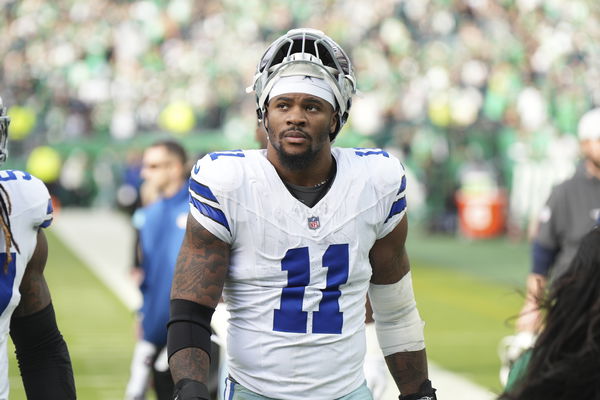
Imago
PHILADELPHIA, PA – DECEMBER 29: Dallas Cowboys linebacker Micah Parsons 11 looks on during the game between the Philadelphia Eagles and the Dallas Cowboys on December 29, 2024 at Lincoln Financial Field in Philadelphia, PA.Photo by Andy Lewis/Icon Sportswire NFL, American Football Herren, USA DEC 29 Cowboys at Eagles EDITORIAL USE ONLY Icon241229044
But this time it was different. Parsons did not receive the same level of respect in the locker room as the other stars. His outspoken personality drew conflict with teammates and coaches alike. Even after Jerry Jones offered him more than $40 million annually, Parsons’ relationship with ownership was already fractured. That is why the trade seemed inevitable.
ADVERTISEMENT
When Parsons and his agent returned to resume contract negotiations, Dallas already was having second thoughts, wondering if it might be wiser to trade one star for lower-paid young players and draft choices. The Green Bay Packers moved fast, trading Kenny Clark and two first-round picks to Dallas. For the Cowboys, the decision was as much about saving salary cap room and preserving their team culture.
Top Stories
Ravens’ Lamar Jackson Demands Short-Term Contract Away From NFL on Thursday

Chiefs Owner’s Wife Sends Public Message to President Donald Trump Amid Calls to Rename NFL
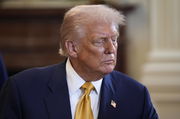
Donald Trump Takes Unexpected Shot at NFL With Name Change Call During FIFA World Cup Draw
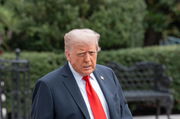
Bills Announce Historic Josh Allen News Before Bengals Game

Jimmy Johnson Says He Cut Off Food for Troy Aikman, Michael Irvin & Co. After Cowboys’ Loss Leading to Fallout in Locker Room
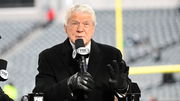
ADVERTISEMENT
ADVERTISEMENT
ADVERTISEMENT

